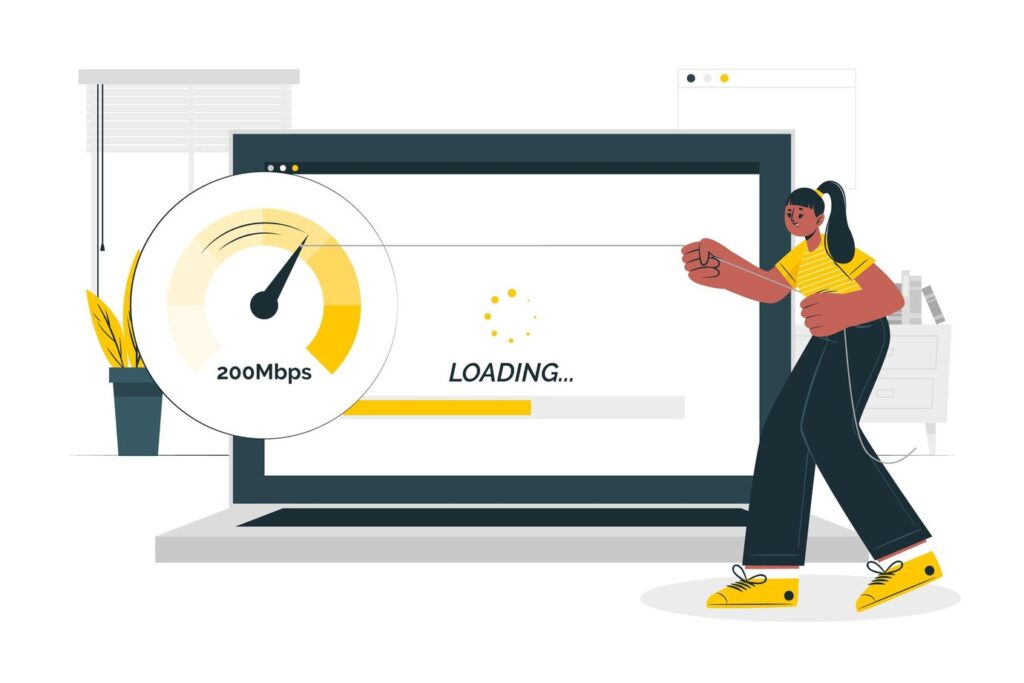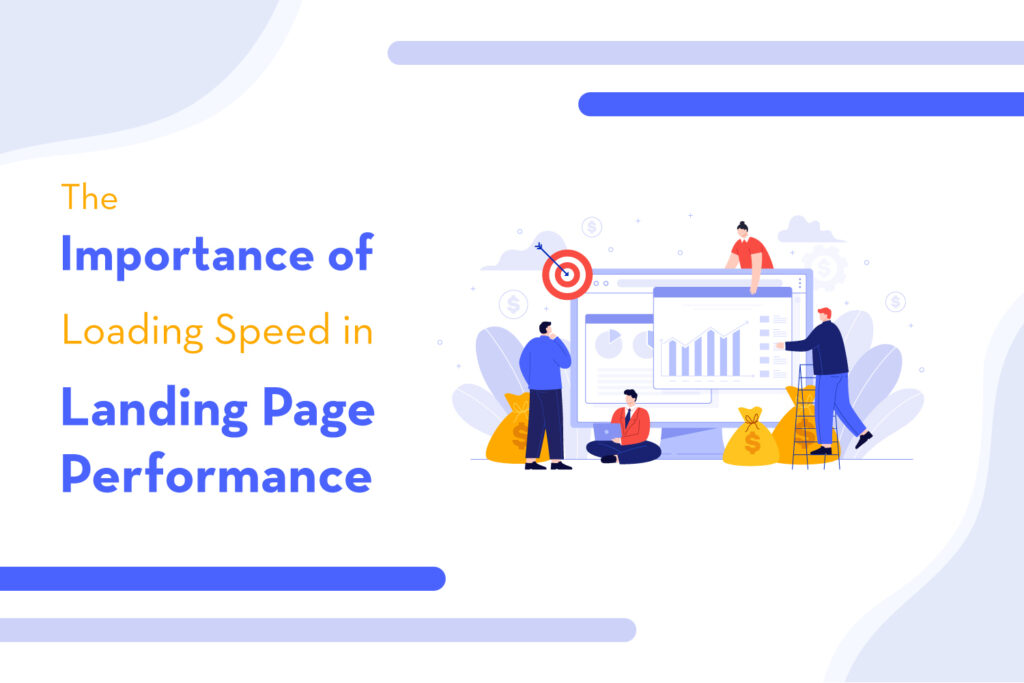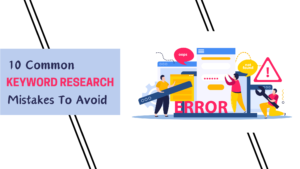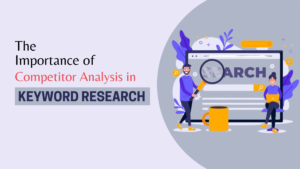Introduction of Landing Page Performance:
In the fast-paced world of online marketing, every time counts. As attention spans shorten and users demand instant gratification, the loading speed of a landing page has emerged as a pivotal factor in determining its success. In this digital age where first impressions are created in milliseconds, the importance of loading speed in landing page performance cannot be overstated.
You’ve invested time, effort, and resources into crafting a compelling landing page designed to capture leads, promote a product, or drive conversions. You’ve carefully curated persuasive copy, eye-catching visuals, and enticing calls-to-action. But what happens if your page takes too long to load?
Research indicates that a one-second delay in page load time can lead to a significant increase in bounce rates. As visitors grow increasingly impatient, they’re more likely to abandon a slow-loading page in favor of a competitor’s site. This not only results in lost opportunities for engagement and conversion but also undermines your brand’s credibility and reputation.
Why Loading Speed is Important:

Certainly! The loading speed of a landing page plays a crucial role in its performance and overall effectiveness. Here’s a more detailed explanation of why loading speed is important:
User Experience (UX):
Fast-loading landing pages provide a positive user experience by reducing wait times and frustration. Users are more likely to engage with and convert on pages that load quickly, leading to higher satisfaction and retention rates.
Bounce Rate Reduction:
Slow-loading pages tend to have higher bounce rates, as impatient visitors are more likely to abandon the page before it fully loads. By optimizing loading speed, you can decrease bounce rates and keep visitors engaged for longer periods.
Search Engine Rankings:
Search engines like Google consider loading speed as a ranking factor in their algorithms. Pages with faster loading times have a higher chance of appearing search engine results pages (SERPs), leading to increased visibility and organic traffic.
Mobile Friendliness:
With the growing prevalence of mobile browsing, optimizing loading speed is essential for catering to mobile users. Mobile devices often have slower internet connections and limited processing power, making fast-loading pages critical for a smooth browsing experience.
Conversion Rate Optimization (CRO):
Studies have shown a direct correlation between loading speed and conversion rates. Faster-loading pages typically have higher conversion rates, as visitors are more likely to complete desired actions, such as making a purchase or filling out a form, when they don’t encounter delays.
Competitive Advantage:
In today’s competitive online landscape, having a fast-loading landing page can give you a competitive edge. Visitors are more likely to choose your site over competitors’ if it loads quickly and provides a seamless user experience.
Cost Efficiency:
Slow-loading pages can lead to increased server costs and bandwidth usage, especially during periods of high traffic. By optimizing loading speed and reducing page size, you can lower hosting expenses and improve overall site performance.
Global Accessibility:
Users accessing your landing page from different geographical locations may experience varying internet speeds. Optimizing loading speed ensures that your page remains accessible and functional for users worldwide, regardless of their location or connection speed.
Brand Reputation:
A slow-loading landing page reflects poorly on your brand and can damage your reputation. Visitors may perceive your site as unprofessional or unreliable if they encounter delays, leading to negative associations with your brand.
Continuous Improvement:
Regularly monitoring loading speed metrics and identifying areas for improvement allows you to continuously optimize your landing pages for better performance. By staying proactive, you can ensure that your pages remain fast and responsive over time.
Conclusion:
The importance of loading speed in landing page performance cannot be overstated. As we’ve explored throughout this guide, the speed at which a landing page load directly impacts user experience, search engine rankings, and conversion rates.
First and foremost, loading speed significantly influences user experience. In today’s fast-paced digital world, visitors expect instant access to information and have little patience for slow-loading pages. A delay of just a few seconds can lead to frustration and abandonment, resulting in lost opportunities for engagement and conversion. By prioritizing loading speed optimization, marketers can create seamless, user-friendly experiences that keep visitors engaged and increase the likelihood of conversion.











